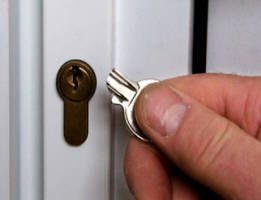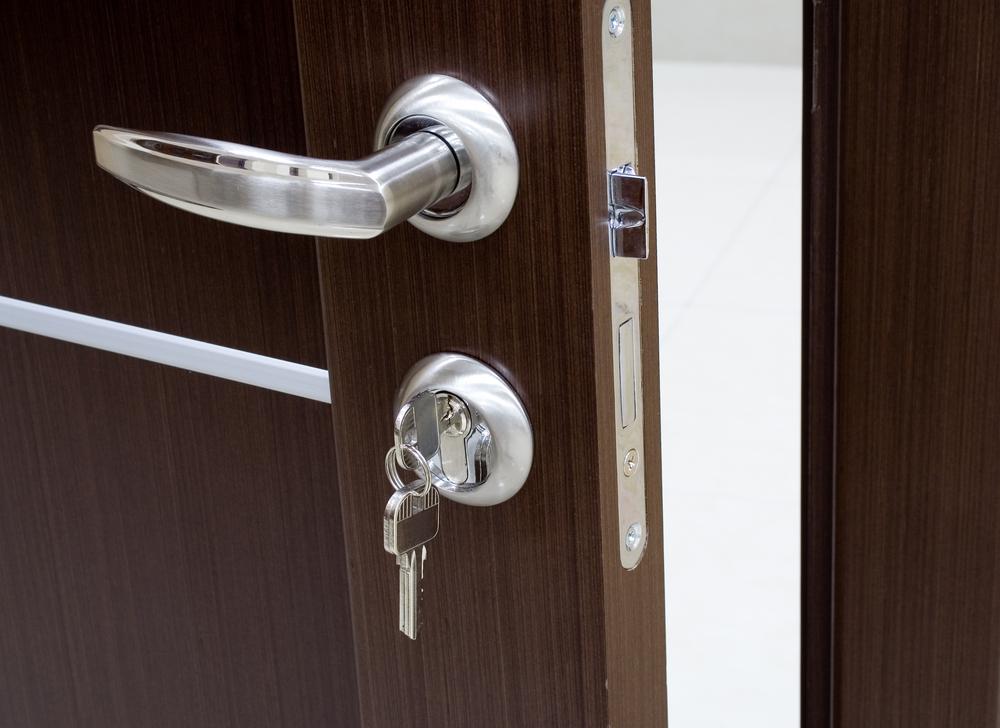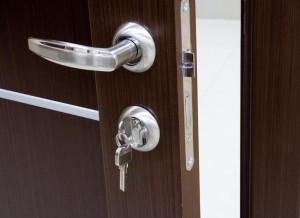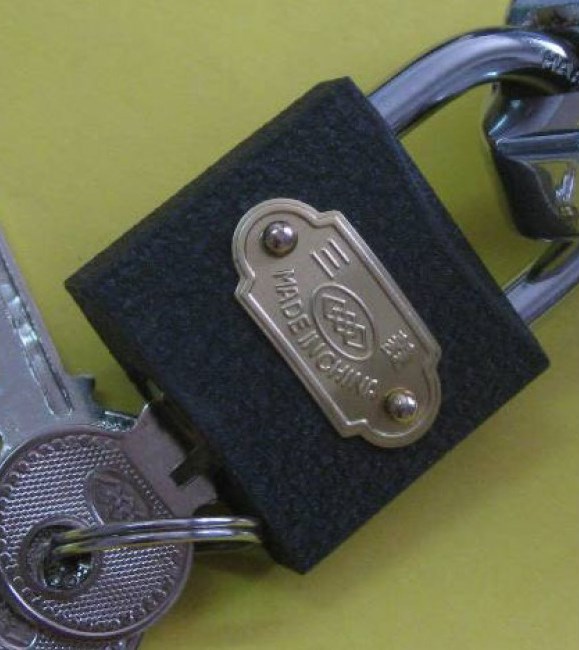What to do if the key is stuck in the lock?
As long as the locking device works well, many do not even think about what to do when the key is stuck in the door lock? Getting home becomes problematic, and if at the same time you still do not know the phone number of a specialist who would help you, then panic may arise in general. In this case, we recommend that you study this issue in advance and be, as they say, fully armed.
Of course, skill is needed in this matter, but even elementary knowledge of the reasons for the key to jam in the lock can help prevent or solve this problem. Let's look at some practical tips that may save you from having to break open the door.
Possible causes of a stuck key
Before talking about any specific steps to remove a key stuck in the lock, you need to find out the reason. One of the main reasons why the key could get stuck in the lock is its improper operation. In this case, it means:

In addition, the causes of this problem may be:
- a key that was poorly machined;
- broken form of the blank;
- the pins of the lock are jammed, blocking the key;
- door skew;
- debris getting into the lock well;
- the key broke inside the lock.
Jammed key in a mortise or overhead lock
What to do if the key is stuck in the door lock and cannot be pulled out? Probably only professionals know the answer to this question. The cause of such jamming may be mechanical damage to the lock, and most likely, the spring has broken. As a result, pins fell out, which prevent the key from moving. Therefore, without damage, a specialist will be able to get the key from the larval door lock, but even in this case there is no 100% certainty.
If you can't get help, you can take action on your own.
- The first thing to do is to calm down and pull yourself together.
- You can spray the keyhole with WD-40 liquid, which is based on kerosene. This product is sold in aerosol cans. If it is not possible to buy it, then use a syringe to pour a little machine oil, or in extreme cases, sunflower oil. This will lubricate the old parts of the lock mechanism.
- After a while, you need to shake the key from side to side.
- Now spray the mechanism again and start pulling out the key. At the same time, you can rock it from side to side and at the same time pull it towards you. But do not do this with excessive force, as this can break off the key. You can pull out the key with pliers, but also carefully.
 If you managed to pull out the key on your own, then the next thing to do is change the lock. The fact is that this problem will probably happen again, but it will be more difficult to pull out the key, you will have to break the lock, it will cost you more. When the key is not removed from the lock, and the door needs to be opened, the cylinder part of the lock will have to be removed. When knocked out with a special tool, the larva breaks into two parts, after which it can be easily removed from the lock. Then, using a screwdriver, you need to press on the lock plate and push the tongue, after simple manipulations, the door will open.
If you managed to pull out the key on your own, then the next thing to do is change the lock. The fact is that this problem will probably happen again, but it will be more difficult to pull out the key, you will have to break the lock, it will cost you more. When the key is not removed from the lock, and the door needs to be opened, the cylinder part of the lock will have to be removed. When knocked out with a special tool, the larva breaks into two parts, after which it can be easily removed from the lock. Then, using a screwdriver, you need to press on the lock plate and push the tongue, after simple manipulations, the door will open.
In a situation where the key is stuck in the lock before the door has been closed, you can painlessly remove the "core" of the lock. To do this, open its body on the inside of the door. Then you need to find the fastener holding the larva, and unscrew it. Now press on the cylindrical element and remove it. Insert a new larva and fix it in the lock mechanism.
When the key bites in the door lock while turning when closing and opening the door, and when the door is open, the lock works without problems, then the cause is a skewed door. Or rather, the tongue of the castle does not pass into its counterpart or touches it. In this case, it is necessary to bore the counterpart with a file or drill. This situation often occurs, especially in new houses where the foundation plays.
Warning of a situation with a jammed key in a door lock
 To prevent and prevent this situation, it is necessary from time to time to clean the lock from dirt and lubricate it with kerosene or special agents against rust, dust and freezing. In addition, in order not to face the problem of a stuck key and not to rack your brains on how to remove the key from the door lock, you can put a cover on the keyhole, which will prevent debris and dust from entering.
To prevent and prevent this situation, it is necessary from time to time to clean the lock from dirt and lubricate it with kerosene or special agents against rust, dust and freezing. In addition, in order not to face the problem of a stuck key and not to rack your brains on how to remove the key from the door lock, you can put a cover on the keyhole, which will prevent debris and dust from entering.
Another good tip to take note of is to install two independent locks. This will allow you to use a spare lock in case of biting the key when closing the door, you will not have to use a faulty one at your own peril and risk. Otherwise, upon returning, you may not get home at all, and there is no time to change the locking device, and this is where the second lock comes in handy.
Removing the key from the padlock
 In the case when the door is closed with a padlock, in which the key unexpectedly gets stuck, two exits are possible. One of them is quite radical - take a hacksaw and cut the hinged part of the lock or the shackle to which it is attached. But what if you don’t want to spoil the castle, and you don’t have such a hacksaw at hand. In this case, you can follow all the same steps as with a patch or mortise lock. After all, their internal mechanism may not be any different and the reason for biting the key will be the same broken spring that does not allow the lock pins to move.
In the case when the door is closed with a padlock, in which the key unexpectedly gets stuck, two exits are possible. One of them is quite radical - take a hacksaw and cut the hinged part of the lock or the shackle to which it is attached. But what if you don’t want to spoil the castle, and you don’t have such a hacksaw at hand. In this case, you can follow all the same steps as with a patch or mortise lock. After all, their internal mechanism may not be any different and the reason for biting the key will be the same broken spring that does not allow the lock pins to move.
Perhaps the key is stuck in the lock before hanging it on the door, then you can try these options:
- soak the entire lock in kerosene or smear it with anti-rust liquid;
- heat the castle well;
- replace the cylinder part (larva) of the lock.
So, the question of how to pull the key out of the door lock requires a thorough approach, but in practice it will also require skill. If you are not confident in your own abilities, then do not try to remove the key, break it, and you will definitely not be able to open the door without damage. Contact the Ministry of Emergency Situations or a special service where qualified and experienced staff will help you open the door and remove the key from the lock. And in the future, be vigilant and do not allow such situations.
